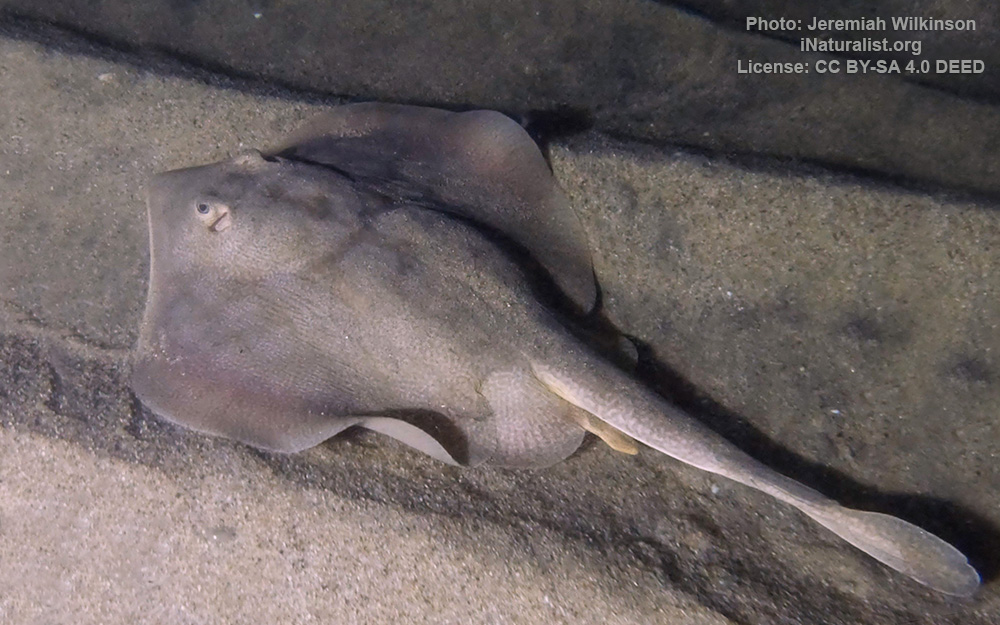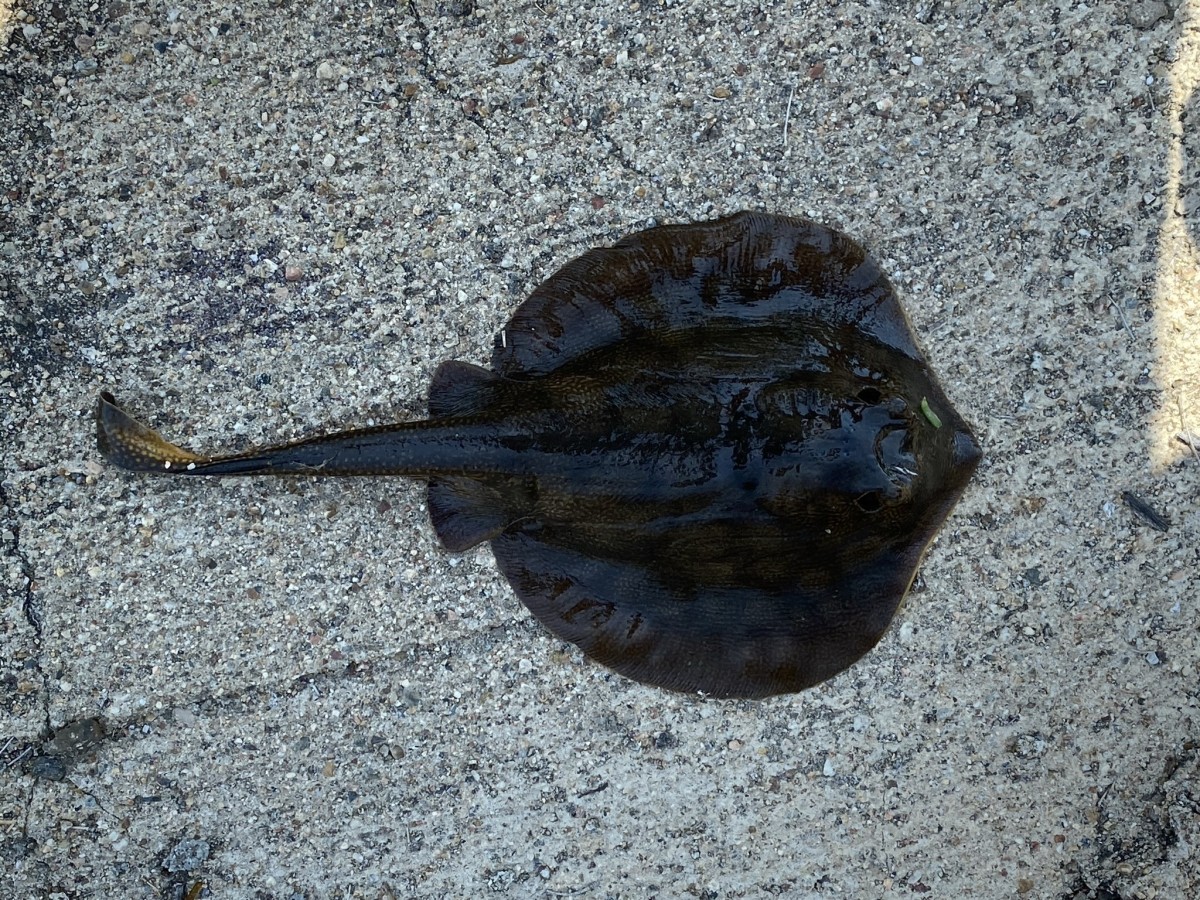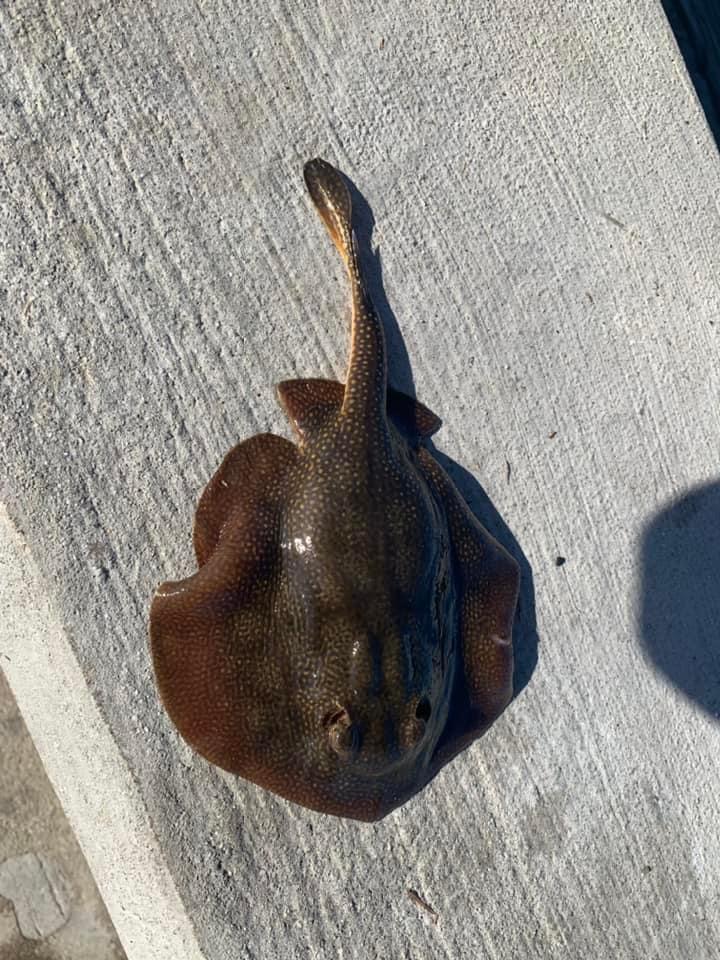Haller’s round ray
(Urobatis halleri)

Classification
General data
The round stingray (Urobatis halleri) or Haller’s round ray and Little round stingray is a species of round ray, family Urotrygonidae, found in the coastal waters of the tropical and subtropical parts of the northeastern Pacific Ocean.
It is a small, common ray that feeds mostly on benthic invertebrates. On the beaches of southern California, it is responsible for numerous injuries to bathers, who are stung when they accidentally step on the fish. The wound caused by its venomous spine can be painful, but is non-fatal.
The species name, halleri, is after the young son of Major Granville O. Haller of the United States Army, who was stung on the foot while wading along the shores of San Diego Bay.
This species is endemic to the eastern North Pacific Ocean, from Humboldt Bay in northern California south to Panama. It is most common around southern California and the Baja Peninsula. They inhabit tropical to warm-temperate waters close to shore, usually less than 15 m deep, although they have been reported to a depth of at least 91 m. This species favors soft-bottomed habitats such as mud or sand, often with abundant eelgrass, which they use for camouflage. They also occur around rocky reefs.
Round stingrays prefer temperatures above 10 °C (50 °F); the adults are more tolerant of temperature changes than juveniles. They are most abundant in the coastal and bay waters of southern California from spring to fall. In winter, they move to deeper water where the temperature is more stable.[2] Round stingrays have been observed congregating near the warm seawater effluent released by coastal electric generators, which may replicate the conditions of estuary environments.[4]
The round stingray has a nearly round pectoral fin disc usually colored brown or grayish brown above, with pale yellow spots or reticulations. Some individuals are plain or black. The underside is white to yellowish. The tail is short and stout, with a long, thick, serrated stinging spine. The teeth are small and diamond-shaped, and sexually dimorphic in that the central teeth of males are erect, sharply pointed, and curved inward.
They attain a maximum pectoral fin disc width of 25 cm in males and 31 cm in females.













